|
1 - Is veneration Biblical?
To begin, I would like to define veneration. It can be broken into two parts; The Veneration of Images/Icons, and the Veneration of Saints. I will use the following as a working definition from The Catholic Dictionarypublished by Fr. John Hardon:
2 Comments
Desde el año 1139, por el Segundo Concilio Laterano, no se ha permitido que los sacerdotes occidentales se casen. El debate para el celibato sacerdotal ha estado ocurriendo durante cientos de años en la iglesia. Aunque los sacerdotes del este se pueden casar antes de la ordenación, la Iglesia occidental lo prohíbe. Muchas personas piensan que los sacerdotes deben poder casarse y que esto ayudaría a la escasez de sacerdotes. Los sacerdotes no deben tener una esposa porque el celibato es un bien más alto según al Biblia, el matrimonio añade conflicto a sus trabajos, y no funciona logísticamente para los sacerdotes...
Leisure in the Holy Sacrifice of the Mass
In the book, Leisure the Basis of Culture, by Josef Pieper, society is described as one of that which is leaning towards the worker. The worker is described as someone who, “does not work to live; one lives to work” (Leisure the Basis of Culture4). Pieper points out that this work has encompassed our culture since the French Revolution. The average person thinks that leisure is idleness, but Pieper disagrees. The worker is constantly wrapped up on servile work, while the person who practices leisure practices interior transformations and contemplations. The book deals with the questions as to how society can bring back true leisure. Josef Pieper finally concludes that the ultimate form of leisure is divine worship through, “the sacramental sacrifice of the Christian Church,” (52) and this is achieved by bringing back the Christian cultus to society. 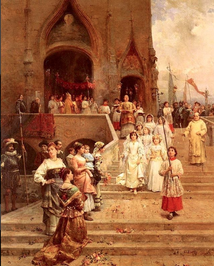 Artwork: “The Confirmation Procession” by Cesare Auguste Detti Artwork: “The Confirmation Procession” by Cesare Auguste Detti We had a Marian Procession for the May Crowning on this Mother’s Day after High Mass. It brought tears to my eyes seeing dozens of little girls in veils and dresses and dozens of little boys in suits and ties processing down the Nave to the altar rail where they placed a flower for Mary that each carried as the parish sung Marian Hymns. They all then sat in the first two pews. Throughout the Holy Sacrifice of the Mass, I couldn’t help but think of one word as I gazed at the back of the heads of dozens of little veils. Hope. It seems that if we look at the upcoming generations, they are fueled with addiction to electronics, ignorance, slothfulness, boredom, selfishness, irreverence, and lust, yet here all these kids were saying responses in Latin! Christ is on the move, but it is subtle. It is easy to think that the Church is destroyed and it’s hierarchy is corrupt by modern errors, but even if this were true, the Church is well alive in the youth. It is alive in tiny groups among thousands of traditional parishes across the world. How is this possible? Youth loving the traditions of old? Youth loving Ecclesiastical Latin? Children kneeling and receiving the Eucharist on the tongue? Young people loving the beauty of Catholic artwork and the Latin Mass? Are their parents just forcing them? Maybe for some, but it cannot be, for all of those I’ve spoken to seem to be more traditional than even their parents! Yes, there is hope, but they are not ready yet. They have much trials to face. This young group of soldiers for Christ needs time and help. They need to be shielded from society finding out just as Christ was under the humble manger in Bethlehem from Herod! We must carve the way for His army to take back what we have lost since the 1950s, and in honest reality, since the French Revolution. Hope. May God Bless you all ~ Catholica Romana ⚜️
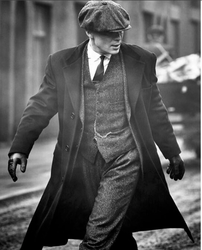 Image from the TV show "Peaky Blinders" Image from the TV show "Peaky Blinders" There used to be a time where every man dressed like the man in this photo. To work, to walk, to shop, and they would put on their best for Sunday. A time where it meant something to be a real man. A time with true masculinity and true femininity. A time where people had respect for not only themselves but for their society. Now you cannot even tell who is a man. Where did it go? Effeminacy. People are afraid. Afraid of doing what is arduous and difficult. Afraid of overdressing, especially for Mass. Afraid of having to learn how to tie a tie, fold a pocket square or iron a suit. They are afraid to come off as pompous and prideful compared to those who do not dress well. They do not want to be pompous and prideful, but our culture judges those who dress well as so. There are other reasons to dress well. Other reasons to be a man. For family. For tradition. For respect. For modesty. For reverence. For God. Where have these gentleman gone? 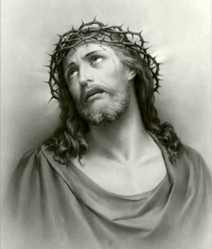 I was reading Padre Pio’s meditations on the agony in the garden and he pointed out that Jesus took the blows of Divine Justice for the offenses for our sins on the Cross. I simply cannot comprehend this act. We gravely offend God with our sins every day and deserve the punishments of Hell and the blows of Divine Justice and righteous punishment upon us, yet we do not get it. Instead, the Almighty and Omnipotent God humbles Himself by becoming man and suffers with obedience on the Cross as we strip Him, beat Him, whip Him, and crucify Him. 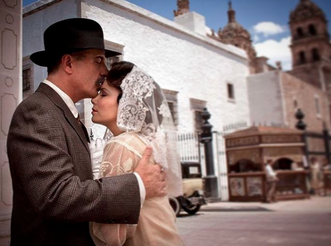 Why is the divorce rate so high? The simple answer is that it is our culture and it’s lack of belief in God, yet a more complex answer is needed if we are to stop it. I have been pondering this question for quite some time now and I believe I have somewhat of a sufficient answer. First we have to make the statement that intercourse is to make children and further bond a couple in marriage. In a society that uses sex for everything from advertising to a recreational activity, this marital act is all but only for when you are serious and want children. In The Summa Theologiae, written by St. Thomas Aquinas, the question as to whether God’s existence is self-evident is addressed. St. Thomas essentially makes the distinction between whether His existence is intrinsically self evident or if it is self evident to us. Aquinas says if one were to understand what the subject and predicate is in the statement, “God exists,” then it would be self evident, but otherwise it would not be.
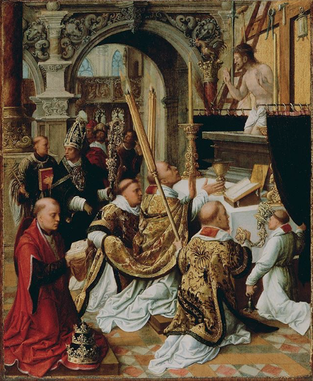 Why “Ad Orientem”? “Ad Orientem” means “To the East” and is an extremely old early Church practice where the priest and the lay faithful face the Altar which is to the East. This is highly symbolic because Christ will come from the East in the final days, and the East, ever since early Christianity was symbolic of Christ Himself. Why do many parishes choose not to do this? (Even if the Church is built facing another direction, the priest can still face the altar and look at the Crucifix). The argument against this is that the priest has his back to the people, causing a disconnect during the Mass. I have two counter arguments to this objection. 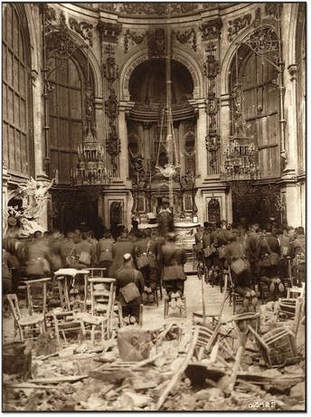 During WWII many European Churches were completely destroyed by battles. Among the ruins, Catholics on all sides continued to have Mass. Today the same is happening in a less obvious way. Our Churches are hit with the bombs of modernism and we are fighting battles to retain the few Catholics that are left. The number of Catholics attending weekly Mass is going down rapidly from 50 years ago. Society wants nothing to do with God, as it always has, but now it is influencing the faithful. Parishes are being flooded with liturgical abuse and irreverence. We are losing more and more people. Most only come for Christmas and Easter and receive communion out of ignorance after skipping so many Masses. Parishes are shutting down almost daily. Seminaries are almost empty. My own parish has lost many. |
Author-Catholica Romana Categories
All
Archives |
||||||

 RSS Feed
RSS Feed
